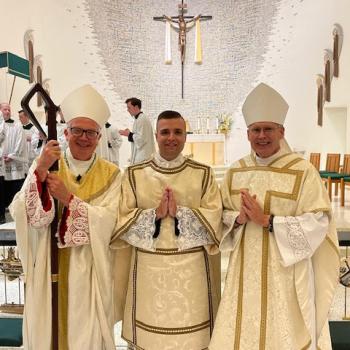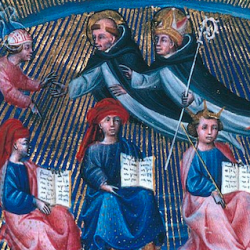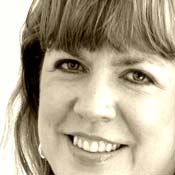Love wants to reach out and manhandle us,
Break all our teacup talk of God.
If you had the courage and
Could give the Beloved His choice, some nights,
He would just drag you around the room
By your hair,
Ripping from your grip all those toys in the world
That bring you no joy.
Love sometimes gets tired of speaking sweetly
And wants to rip to shreds
All your erroneous notions of truth . . .
The Beloved sometimes wants
To do us a great favor:
Hold us upside down
And shake all the nonsense out. ~ Hafiz
Part of my daily contemplative practice these last few months has been yin yoga. In yin yoga, the poses are held for long periods of time (anywhere from 3-20 minutes). The physical effect is a stretching of the connective tissue of the joints. The spiritual invitation is to go to the edge of my discomfort and rest there, staying present to my experience over time, to soften into the edges, and continue to breathe. Each morning I willingly go into uncomfortable places to practice being at these edges of life.
Over Lent I had the opportunity to immerse myself in the wisdom of the desert mothers and fathers and was really struck by the parallels with their spiritual journey and the path of yin yoga. These wise elders went out into the desert, the place of barrenness where life is stripped bare, and they sat with their discomfort paying attention to their inner experience. In this wild space they confronted their inner voices, the temptations, the distractions, the tyranny of thoughts that would arise. They kept showing up until they could begin to cultivate a sense of equanimity. They were seeking hesychia, which is the Greek word for stillness. It means more than silence or peacefulness; there is a sense in which the stillness is the deep, shimmering presence of the holy.
We each have a threshold of tolerance for uncomfortable or painful experiences. When we stay within this range we can be present to what life brings us in the moment. When we drop below our threshold we become numb to what is happening and seek out things that help us avoid the pain, like drugs or overwork. When we move above the threshold our anxiety kicks into overdrive and we feel panicked, unsettled, or ill at ease.
The only way to widen our threshold of tolerance is to dance at its edges, to consciously go to uncomfortable places and stay present. When we risk the unfamiliar, our resilience grows and we become more capable of living life fully.
In one of the sayings of the desert fathers and mothers a monk comes to visit Abba Moses and asks him for a word. The reply he received was: "Go sit in your cell, and your cell will teach you everything."The monastic cell is a central concept in the spirituality of the desert elders. The outer cell is really a metaphor for the inner cell, a symbol of the deep soul work we are called to, to become fully awake. It is the place where we come into full presence with ourselves and all of our inner voices, emotions, and challenges and are called to not abandon ourselves in the process through anxiety, distraction, or numbing. It is also the place where we encounter God deep in our own hearts.
Connected to the concept of the cell is the cultivation of patience. The Greek word is hupomone, which essentially means to stay with whatever is happening. This is similar to the central Benedictine concept of stability, which on one level calls monks to a lifetime commitment with a particular community. On a deeper level the call is to not run away when things become challenging. Stability demands that we stay with difficult experiences and stay present to the discomfort they create in us.
Last December I flew to Vienna for some time of retreat. It is an ancestral place of the heart for me. Soon after I landed I developed symptoms of a blood clot and went to the emergency room. I was examined by the doctor who told me there were several tests they would run and I needed to stay in a wheelchair and not move about at all because the clot could move to my heart or brain and cause instant death.
I was there in a foreign hospital alone and for eight hours my wheelchair became my monastic cell, the place where I practiced full presence to my inner life as best as I could. I witnessed my mind move between different states: feeling terrified that I could die at any moment, feeling curious about how I experienced the possibility of dying sooner than I expected, noticing my internal responses to getting test results, having moments of deep peace, and of course, times when my mind would move to distractions as a way of avoiding the whole process.
It ended up being a profound experience for me and I was so grateful for monastic wisdom and contemplative practice to carry me through those dark moments. I am also profoundly grateful to be alive. In the months that have followed much of my sense of security and certainty about life and the ways I try to control things have been stripped away, which has been profoundly freeing. I was thrust to the edges of my threshold and by staying present have discovered a wide open landscape within me.





